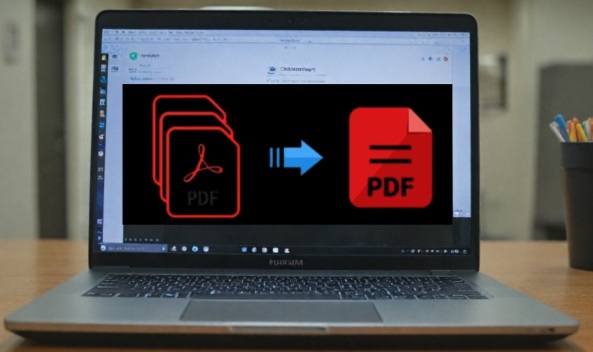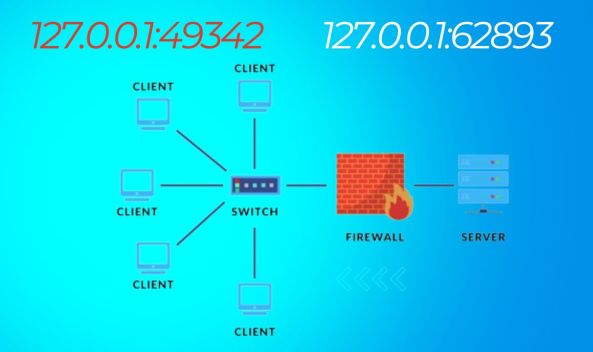
Inventory, or managing stock levels, is easy, right? Well, no! When you’re new to the world of business, or if your business does well and begins to grow, you may find that keeping track of your orders and the items you have in stock becomes harder to manage.
This can lead to you and your team struggling to order the right items, as well as keeping track of invoices. Yikes! Luckily, you can simplify the process for you and your team, and here, you’ll be provided with the ultimate guide to simplifying inventory for your business.
Invest In Software
First and foremost, to better manage your inventory, you need to invest in software. Inventory management software is ideal for businesses of all sizes and can help you to track stock levels, reorder items, and send invoices to suppliers and customers all at once.
An inventory report can help you to better understand which stock items are selling, and what your customers are buying more (or less) of, as well as helping you assess areas of stock purchasing with ease.
Read Also: F&O Trading: What is Better – Mobile App or Desktop?
FirstIn, FirstOut
When you stock perishable items, such as food, you’ll need to have a first-in-first-out policy. This will apply to both your stockroom, your shop floor (if you have one), and your online store.
It’s literally what it sounds like; the older stock needs to go out first. This will help you to maintain customer safety, while also ensuring that you’re keeping track of which items are selling and which aren’t. In some cases, you may need to discontinue unpopular items and bulk buy those that are selling well. For this policy to work successfully, you’ll need to do stock takes weekly, depending on the business you run.
Build Relationships With Suppliers
Talking of bulk buying, when it comes to simplifying your inventory, you’ll need to build good relationships with your suppliers.Why? Well, if you put software in place to manage your inventory and are looking to make a fast bulk buy of products, if you have a poor relationship with your suppliers, it’s not likely to bode well.
So, try to build positive working professional relationships with your suppliers. One way to do this is to predict or send a forecast of how much of their product(s) you’re likely to buy over the next 12 months.
Have a Contingency Plan
In any business, it’s not a case of if issues will occur, but when they will occur.So, the moment you start selling and engaging in inventory taking and management, you’ll need to ensure that there’s a contingency plan in place, in case everything goes up in the air!
Try to identify the risks that your business is likely to face upfront and put something in place to minimize them. This could include diversifying your suppliers and product lines.
Have Multiple Business Accounts
Lastly, in order to simplify your inventory, you’ll need to have multiple business accounts. For smaller businesses, this can be tricky but, ideally, you’ll want one account where money from customers and sales is paid in, another that pays for orders from your supplier, and one that’s linked to online or in-store sales, if applicable. This will help you to keep better track of your ordersand will also help you to manage invoices and inventory costs more easily.



